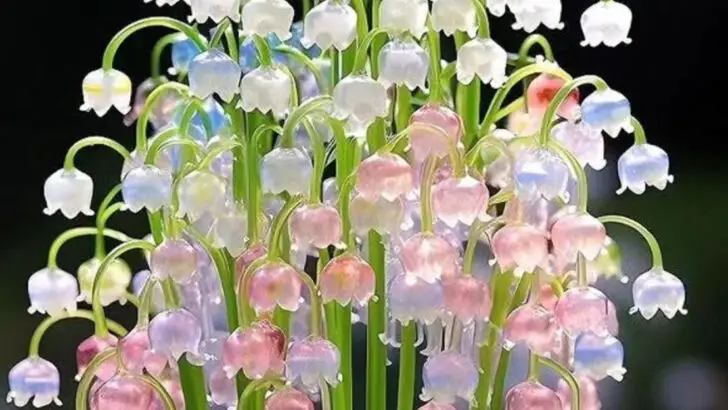Some plants are simply mesmerizing with their vibrant colors and unique shapes, but did you know that many of these beauties are actually poisonous? It’s a strange but fascinating fact: while these plants can add drama and intrigue to your garden or home, touching them might come with risks you need to be aware of. Understanding which plants are toxic helps you enjoy their beauty safely.
From stunning flowers to exotic-looking leaves, poisonous plants often attract attention for all the right reasons—except when it comes to handling them. Knowing which species to admire from a distance is especially important if you have kids, pets, or sensitive skin. But that doesn’t mean you can’t appreciate their striking appearance and the unique atmosphere they bring to any space.
In this article, we’ll introduce you to 18 poisonous plants that you should avoid touching but will definitely want to look at. Learn why they’re toxic, how to safely include them in your garden, and what precautions to take if you choose to grow these captivating yet dangerous beauties.
Oleander
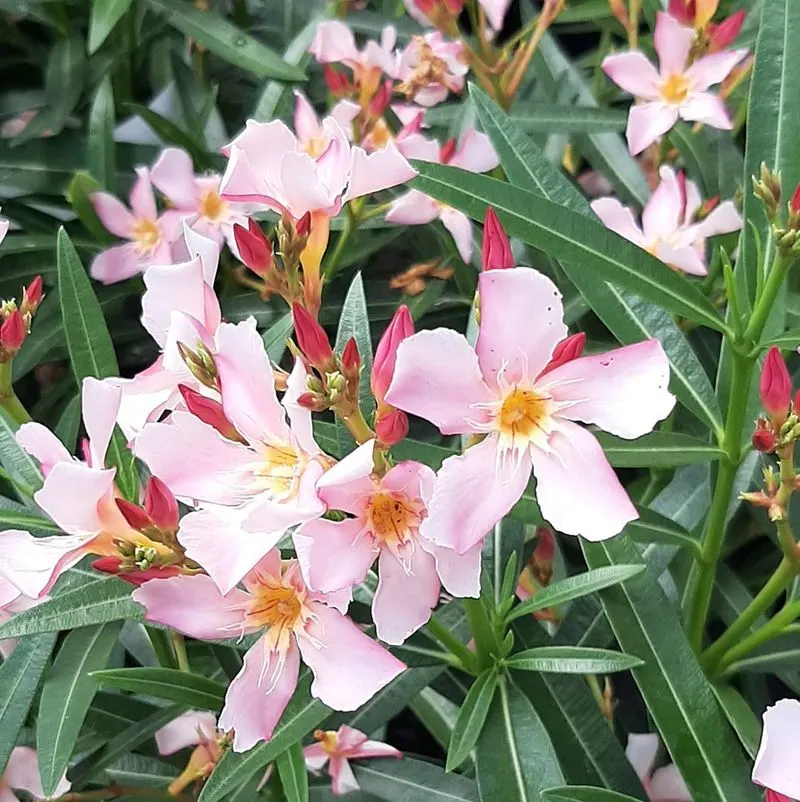
With its vibrant blooms, oleander is a visual delight but harbors a toxic secret. Often found in public parks and home gardens, its flowers entice. Despite its beauty, every part of this plant is poisonous if ingested. Known for its resilience, it thrives in harsh climates, making it a popular choice for hedges. Caution is advised, particularly around pets and children. Historically, oleanders have been used in traditional medicine, albeit with careful handling. Their presence in mythology underscores their dual nature: beautiful yet dangerous. A plant of paradoxes, it commands respect and distance.
Foxglove
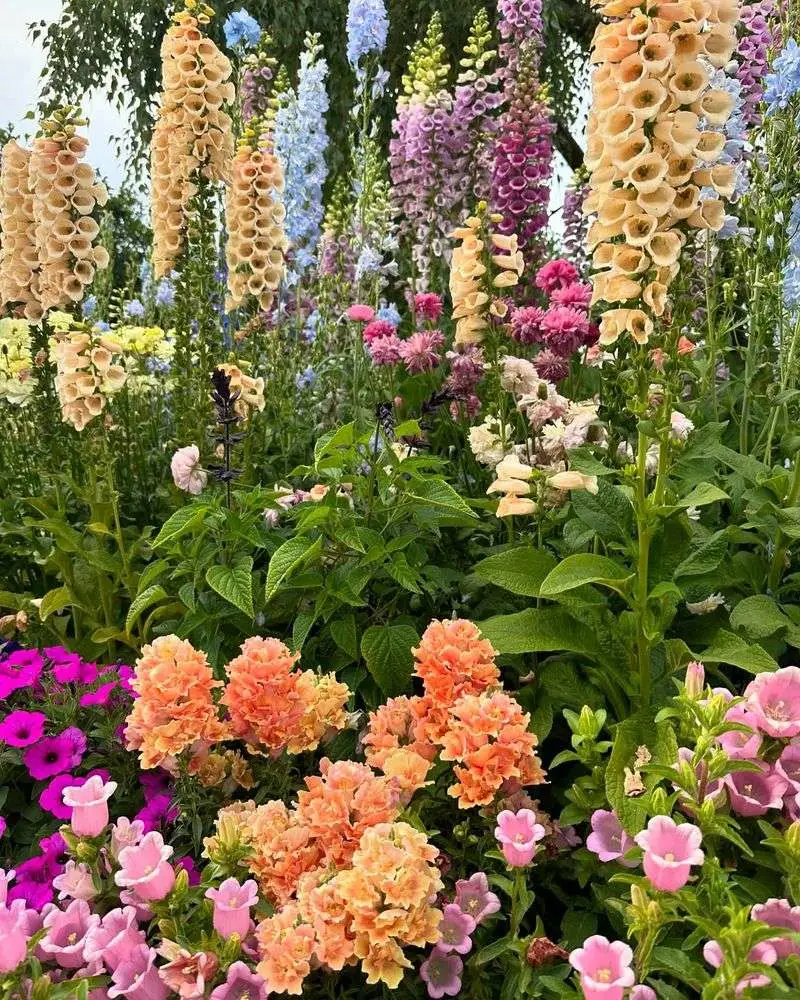
Towering gracefully, foxglove adds a touch of elegance to any garden. Yet, beneath its beauty lies a potent toxin. The chemicals found in foxglove leaves, stems, and flowers can affect the heart. Historically, it has played a role in medicine, but its use requires precise knowledge. The plant’s allure is undeniable, often drawing in curious onlookers. Despite its danger, foxglove remains a staple in ornamental gardening. Its dual role as healer and harmer highlights a fascinating dichotomy. Admire this plant from afar to appreciate its full complexity.
Deadly Nightshade
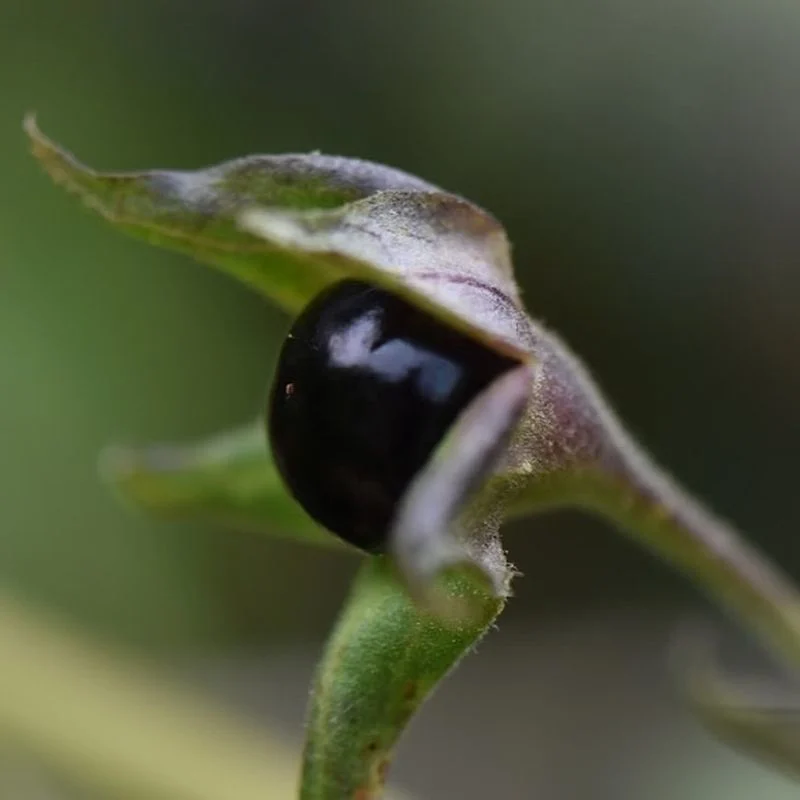
Shrouded in mystery, deadly nightshade is a plant steeped in historical intrigue. Known also as belladonna, its berries and foliage conceal a potent toxin. Historically used by women to dilate their pupils, this plant’s legacy is as alluring as its appearance. Its glossy berries are particularly dangerous, often mistaken by children for edible fruit. Despite its deadly reputation, nightshade has found use in traditional medicine and cosmetics. A plant of contrasts, it fascinates and repels simultaneously. Respect and caution are key when encountering this enigmatic flora.
Castor Bean
Beneath the architectural beauty of castor bean plants lies one of the most toxic seeds known to humans. Its striking foliage adds dramatic flair to landscapes, but the seeds contain ricin, a deadly compound. Despite its danger, the plant has been cultivated for castor oil, showcasing its dual-purpose nature. The contrast between its aesthetic appeal and hidden threat is stark. With origins tracing back to Africa, this plant has left a mark across cultures. Handle with care, and appreciate its beauty from a safe distance.
Lily of the Valley
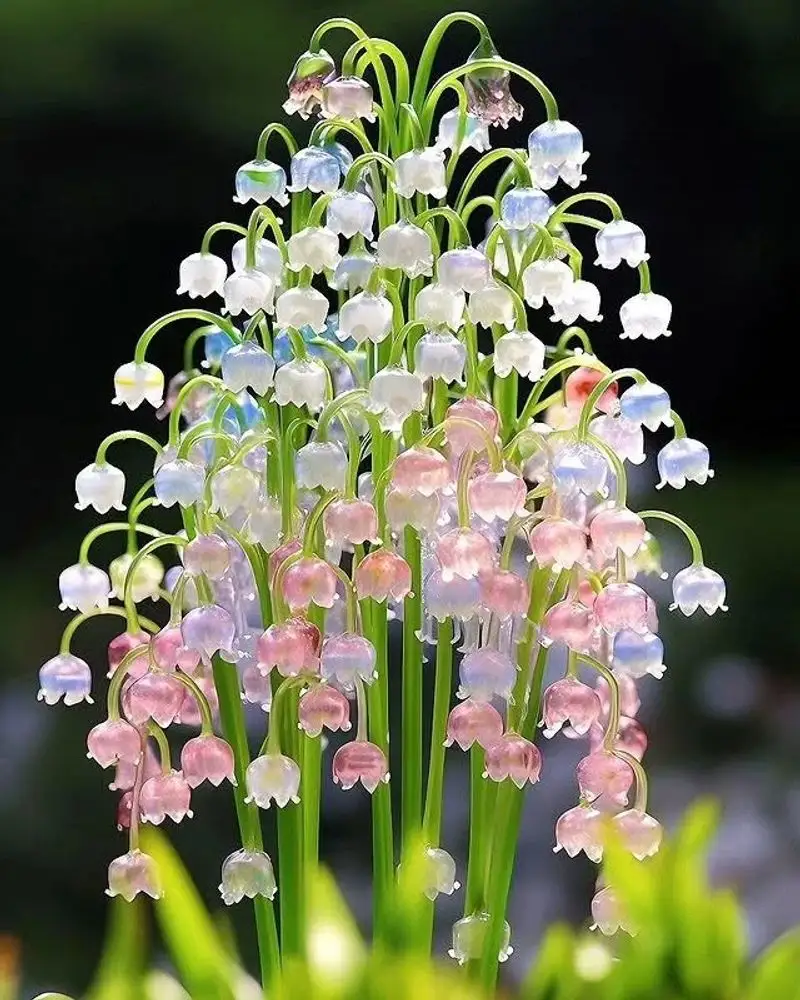
Often associated with purity and sweetness, lily of the valley exudes charm and fragrance. Yet, beneath its tender appearance, it harbors a potent cardiac poison. The plant’s allure is hard to resist, commonly found in gardens and bouquets. Historically symbolizing the return of happiness, it is a staple in traditional celebrations. Despite its loveliness, caution is essential, especially around pets and children. Its duality as a symbol of innocence and a hidden hazard makes it a plant of intrigue. Admire its beauty responsibly.
Angel’s Trumpet
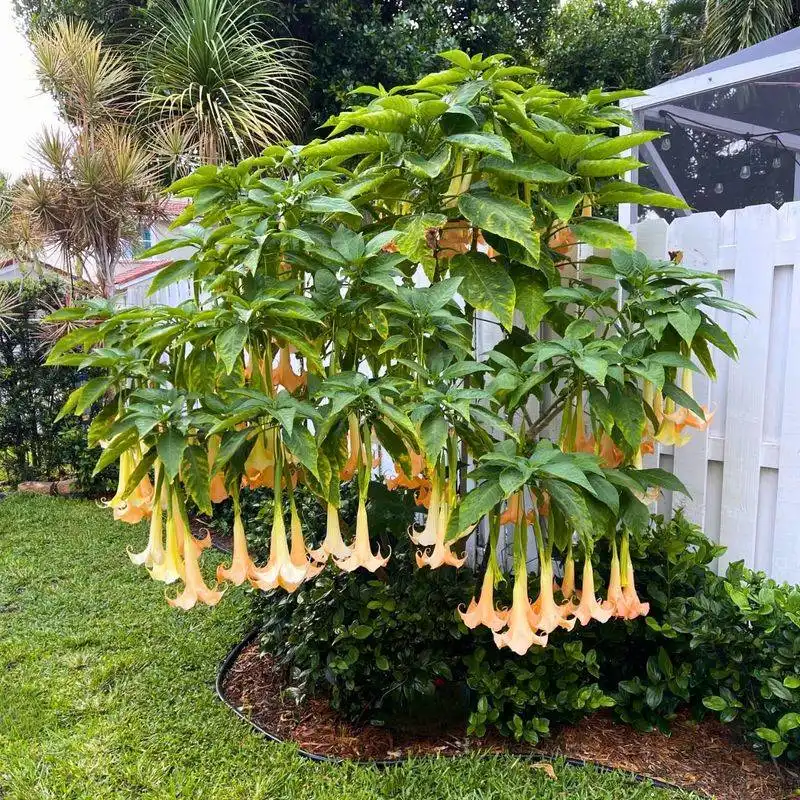
Angel’s trumpet captivates with its dramatic, cascading flowers, exuding an intoxicating fragrance. Despite its allure, the plant is laden with tropane alkaloids, making it highly toxic. Its presence in gardens adds exotic flair, yet caution is paramount. Historically used in shamanic rituals, the plant’s spiritual connections are as potent as its physical effects. The beauty of angel’s trumpet is undeniable, yet it warns against careless admiration. Each bloom tells a story of nature’s delicate balance between beauty and danger. Handle with care, and admire from a distance.
White Snakeroot
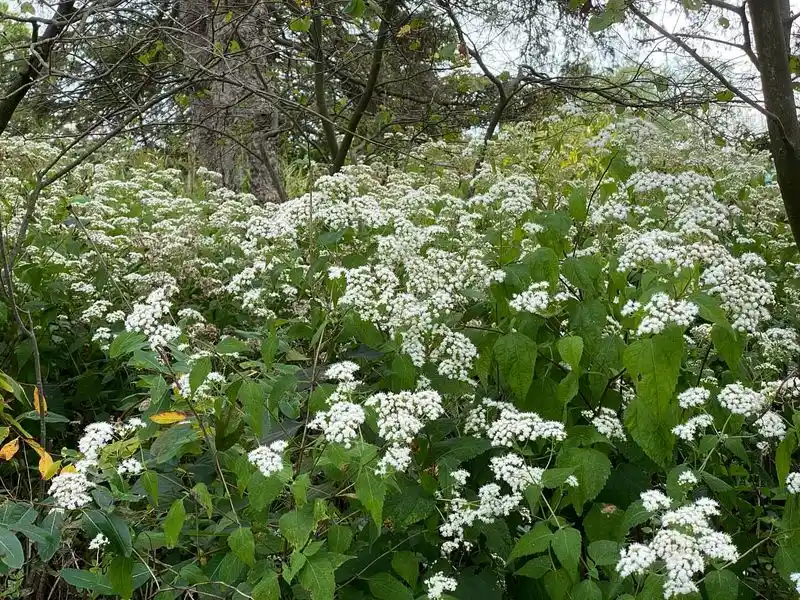
Often overlooked due to its unassuming appearance, white snakeroot has a history that belies its simplicity. Responsible for the milk sickness that plagued early American settlers, it harbors a toxin in its leaves. Despite its modest looks, the plant’s impact on history is profound. Its presence in the wild serves as a reminder of nature’s hidden dangers. The delicate white flowers belie the plant’s potent legacy. A testament to nature’s complexity, white snakeroot is a plant that commands respect and caution.
Hemlock
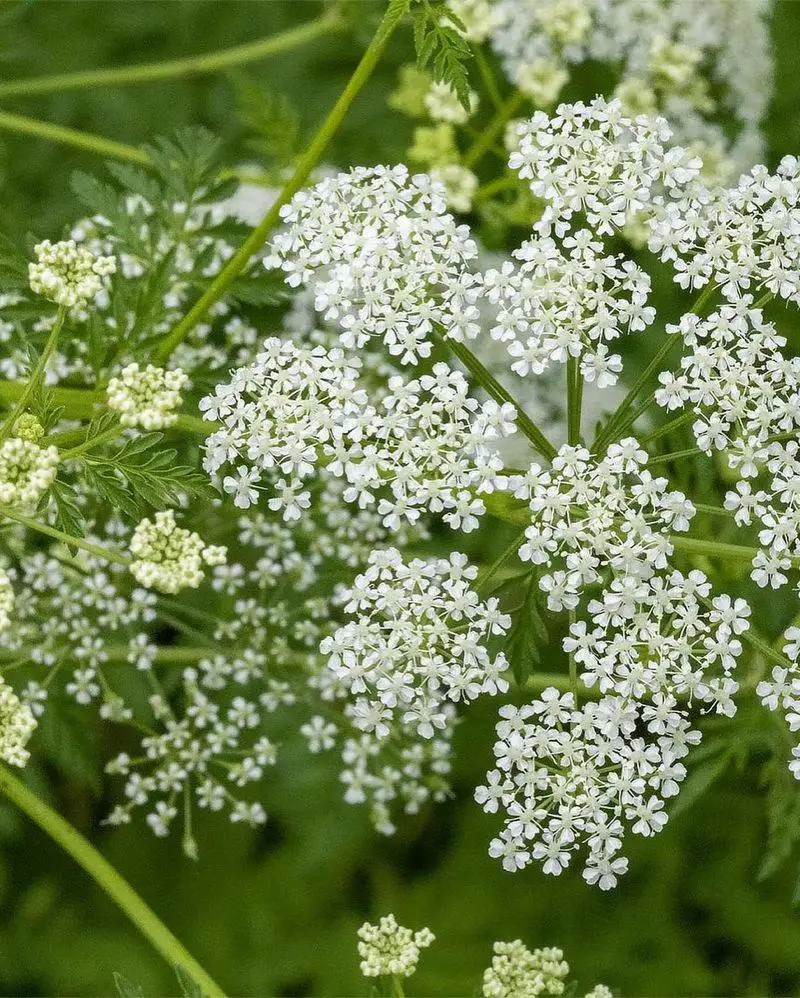
Hemlock, with its delicate flowers and fern-like leaves, masks a deadly reputation. Infamously known for its role in the death of Socrates, the plant’s history is steeped in drama. Its innocuous appearance often leads to accidental encounters in the wild. Despite its notoriety, hemlock has found roles in traditional medicine, though with great caution. Its dual nature of beauty and danger makes it a plant that fascinates and warns. Approach with care, allowing the story of hemlock to unfold from a safe distance.
Jimsonweed
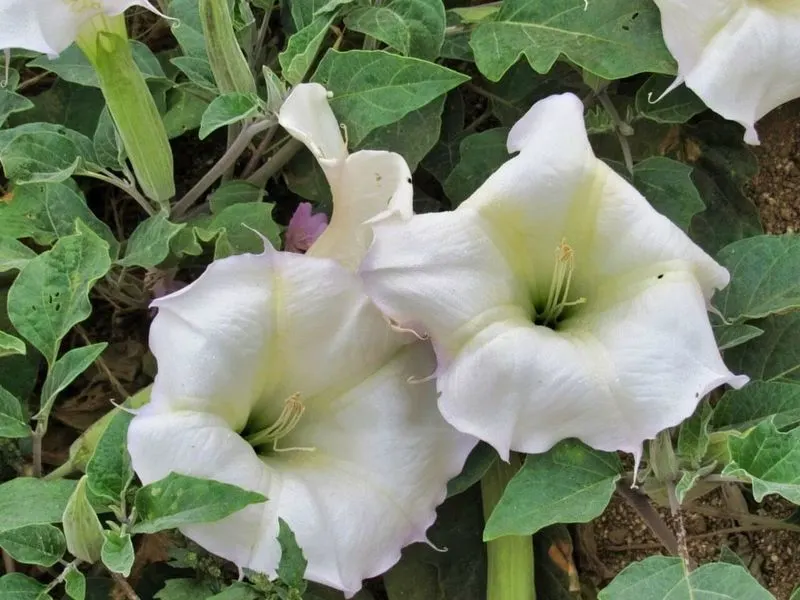
Jimsonweed, also known as devil’s snare, intrigues with its spiky seed pods and trumpet-like flowers. A plant of contradictions, its beauty hides potent hallucinogens and toxins. Historically used in spiritual rituals, it commands respect for its powerful effects. The plant’s presence in folklore and literature highlights its enigmatic nature. Despite its dangers, it captivates those who stumble upon it in fields and gardens. The allure of jimsonweed lies in its complex interaction with human culture and caution. Appreciate its mystique from afar.
Monkshood
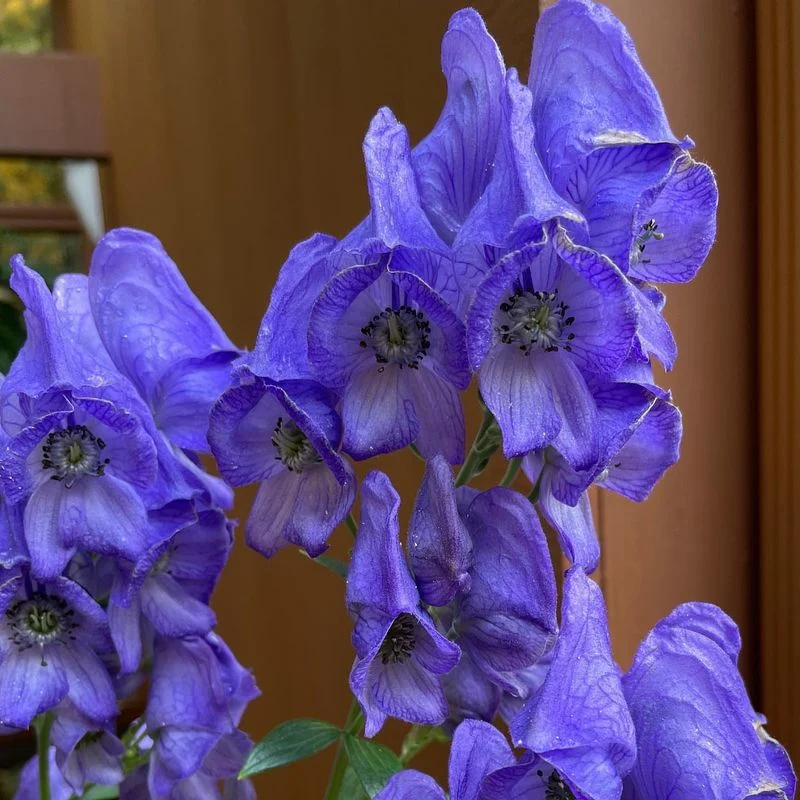
Monkshood, or wolfsbane, enchants with its deep purple, hooded flowers. Yet, beneath its captivating exterior lies a deadly toxin. Historically used in hunting to poison arrows, the plant’s legacy is as lethal as it is beautiful. Its presence in gardens is often due to its ornamental appeal. Despite its danger, monkshood continues to intrigue botanists and gardeners alike. The delicate balance between its aesthetic charm and toxic nature is striking. A plant to admire with caution, monkshood’s story is one of beauty and peril.
Daphne
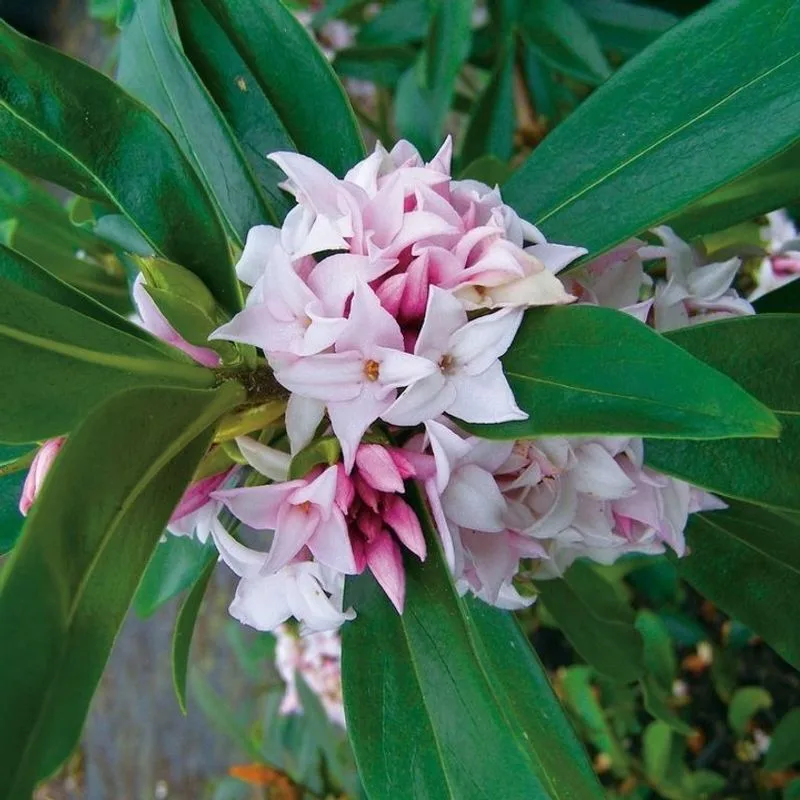
Daphne’s small, fragrant flowers beckon with their sweet scent and charming appearance. However, this allure conceals toxins that can cause severe discomfort if ingested. Known for its early spring blooms, daphne adds a splash of color to gardens. Despite its hazards, the plant is cherished for its ornamental beauty. The contrast between its inviting fragrance and toxic potential is stark. A reminder of nature’s complexity, daphne should be admired responsibly. Its presence in mythology as a symbol of transformation adds to its mystique.
English Yew
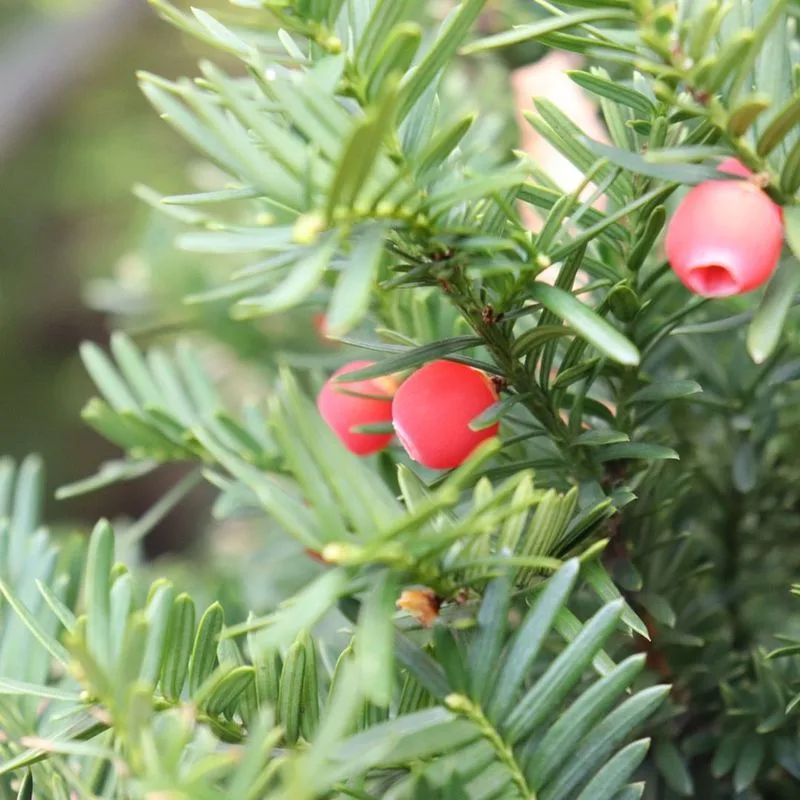
The English yew, with its dark, evergreen foliage and striking red berries, is a tree steeped in history and legend. Regarded as a symbol of death and resurrection, its reputation is as complex as its chemistry. The seeds and leaves contain toxins that can be fatal, yet its wood is prized for crafting longbows. Despite its dangers, the yew is often found in churchyards, embodying themes of life and death. Its aura of mystery and reverence encourages admiration from a respectful distance.
Rhododendron
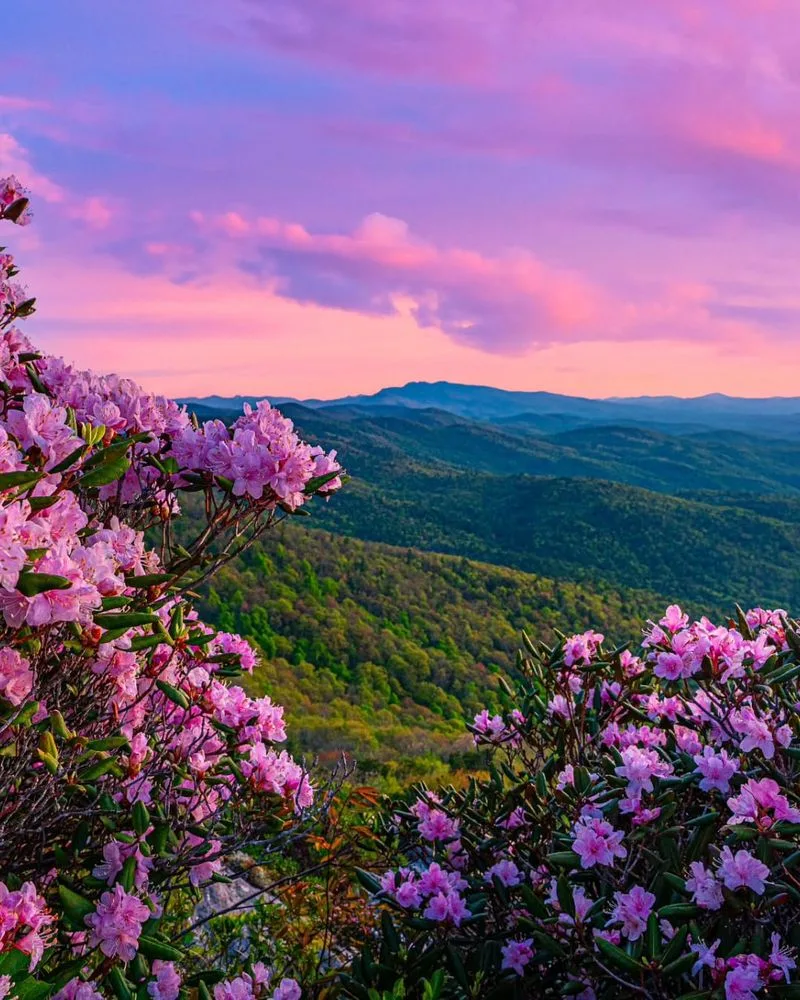
Rhododendrons brighten landscapes with their exuberant blooms, yet they harbor toxins that can irritate and nauseate. Popular in ornamental gardening, their vivid colors and lush foliage captivate onlookers. Despite their beauty, ingestion of any part of the plant can be harmful. Historically, these plants have been admired in various cultures for their resilience and beauty. The dichotomy between their appeal and potential danger is intriguing. A plant to be appreciated for its visual impact, yet respected for its hidden threats.
Giant Hogweed
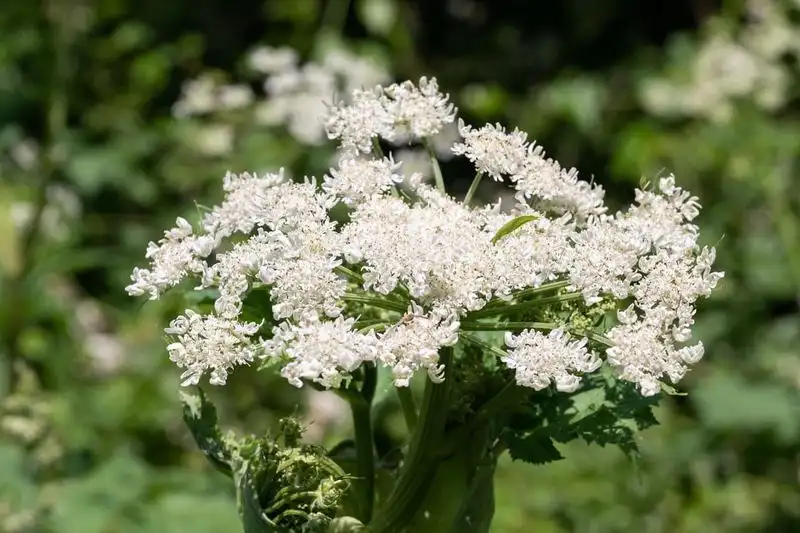
Giant hogweed stands as a towering presence, captivating with its imposing height and sprawling flower clusters. Despite its grandeur, the plant’s sap can cause severe skin irritation and photosensitivity. Often found near riverbanks, it has become notorious in regions where it spreads aggressively. Its introduction as an ornamental plant has led to ecological challenges. The contrast between its striking appearance and the threats it poses to humans and ecosystems is stark. Handle with care, and marvel at a safe distance.
Poison Ivy
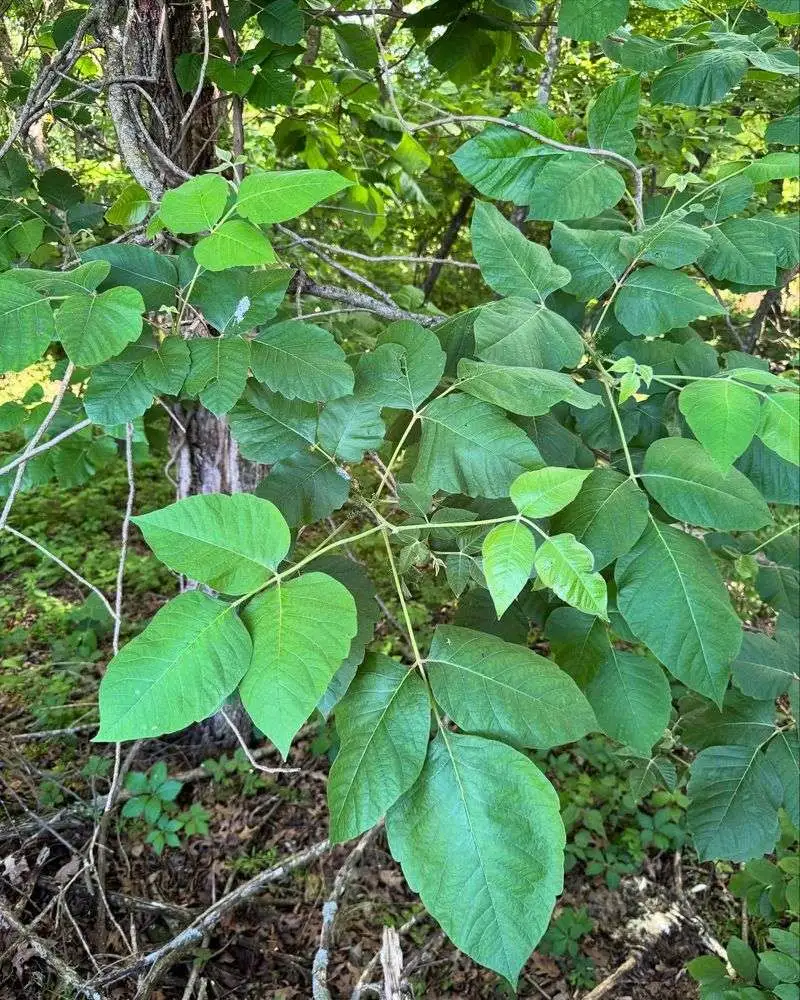
“Leaves of three, let it be” is the mantra when encountering poison ivy in the wild. Its shiny leaves can induce an itchy rash upon contact, making it infamous among hikers and campers. Despite its reputation, poison ivy plays a role in local ecosystems, providing food for certain wildlife. Its chameleon-like ability to blend into its surroundings adds to its mystique. While often considered a nuisance, it reminds us of nature’s power and unpredictability. Approach with care, respecting its space in the wild.
Stinging Nettle
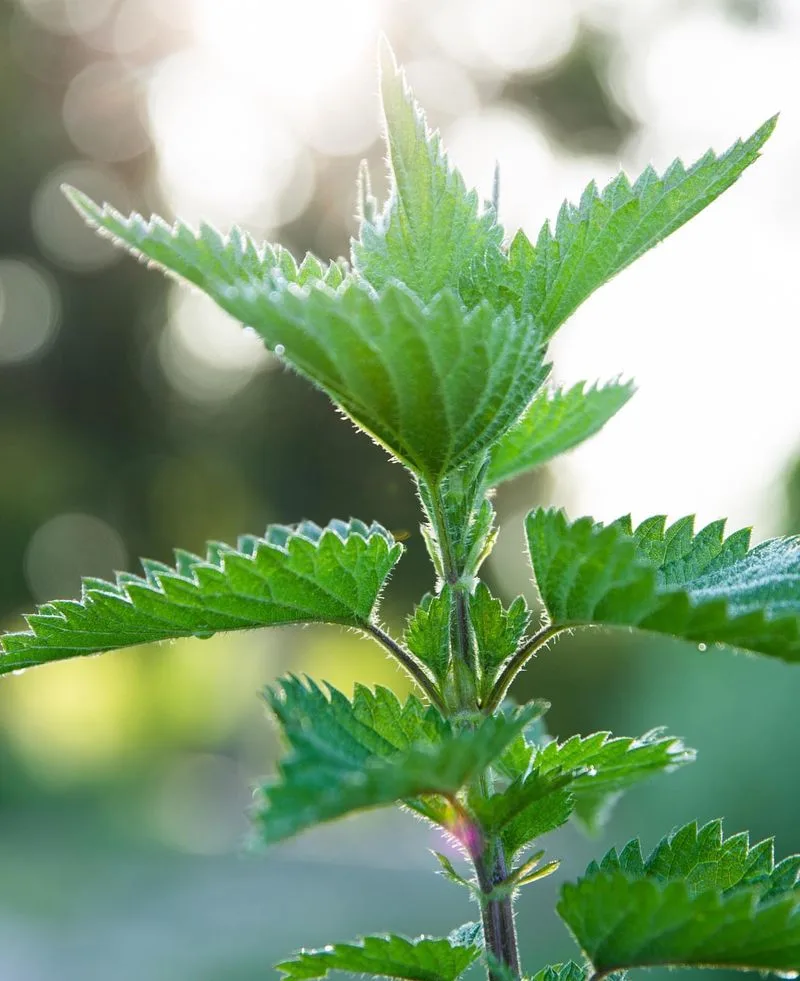
Stinging nettle is a plant of paradoxes. Its delicate, serrated leaves hide tiny hairs that deliver a painful sting upon contact. Despite its sting, nettle has found a place in culinary and medicinal uses, revered for its nutritional benefits. Its presence in folklore as a symbol of pain and healing highlights the plant’s dual nature. Encountered in meadows and gardens, nettles remind us of nature’s hidden strengths. The balance between its defensive mechanisms and beneficial uses is a testament to its complexity. Admire from a respectful distance.
Rosary Pea
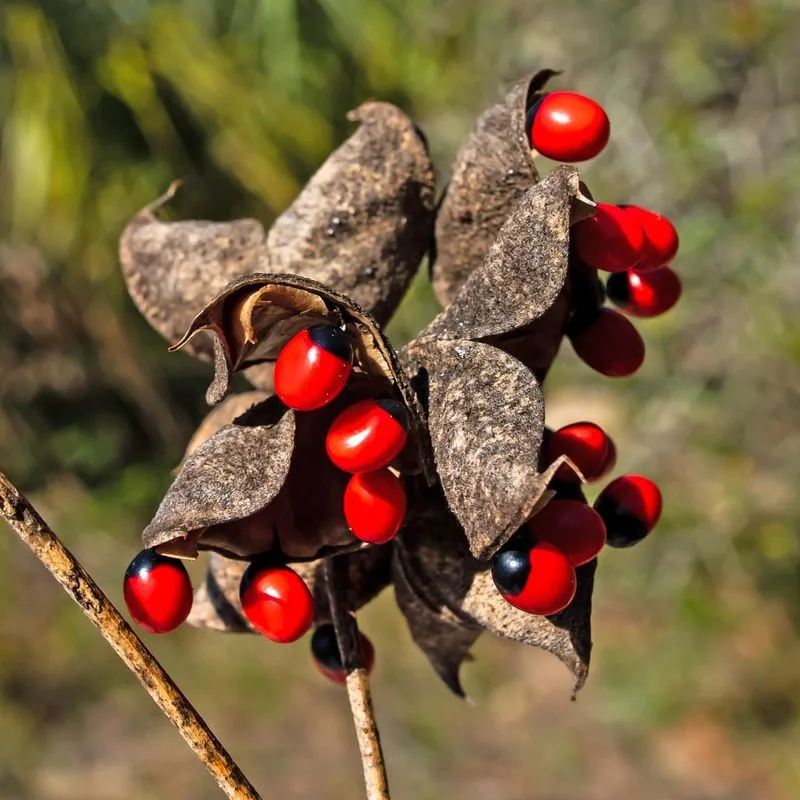
The rosary pea, with its striking red and black seeds, is a plant that embodies danger wrapped in beauty. Used in jewelry making, its seeds are highly toxic if ingested. Despite its small size, the plant has a significant impact, with toxins that rival some of the deadliest known. Its allure lies in the vivid colors and cultural significance. The contrast between its ornamental use and lethal potential is profound. A plant to be handled with extreme caution, appreciating its beauty from a safe vantage.
Yellow Jessamine
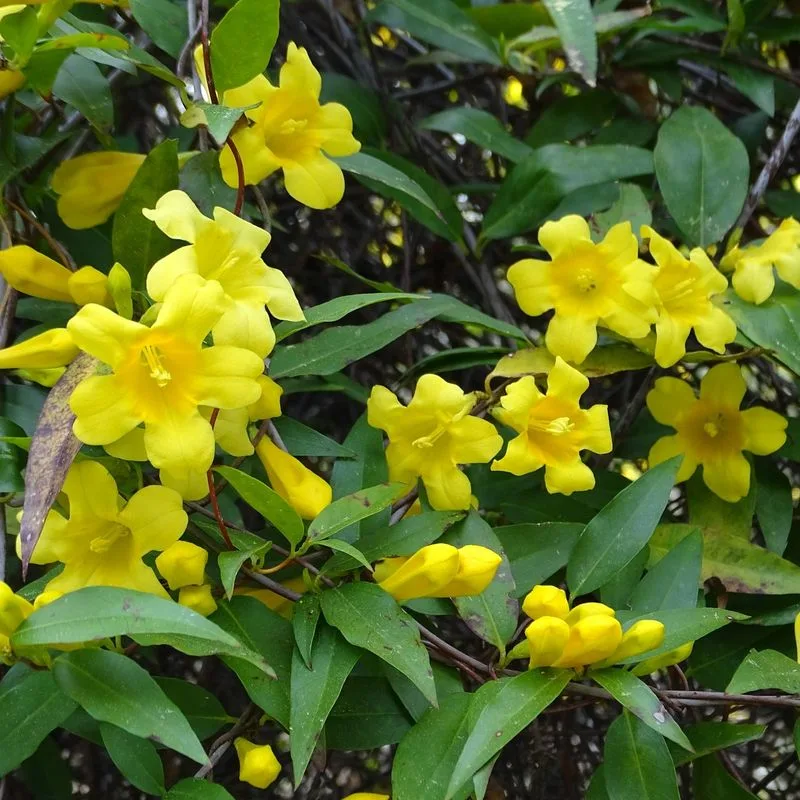
Yellow jessamine, with its cheerful yellow blooms, is a vine that charms gardens with ease. However, every part of this plant is toxic if ingested, a cautionary tale wrapped in golden petals. Its fragrance and appearance make it a popular choice in landscaping. Despite its hazards, yellow jessamine symbolizes elegance and grace. The juxtaposition of its vibrant appearance with its toxic nature is remarkable. A plant that adds beauty to any setting, it commands respect and cautious admiration.

